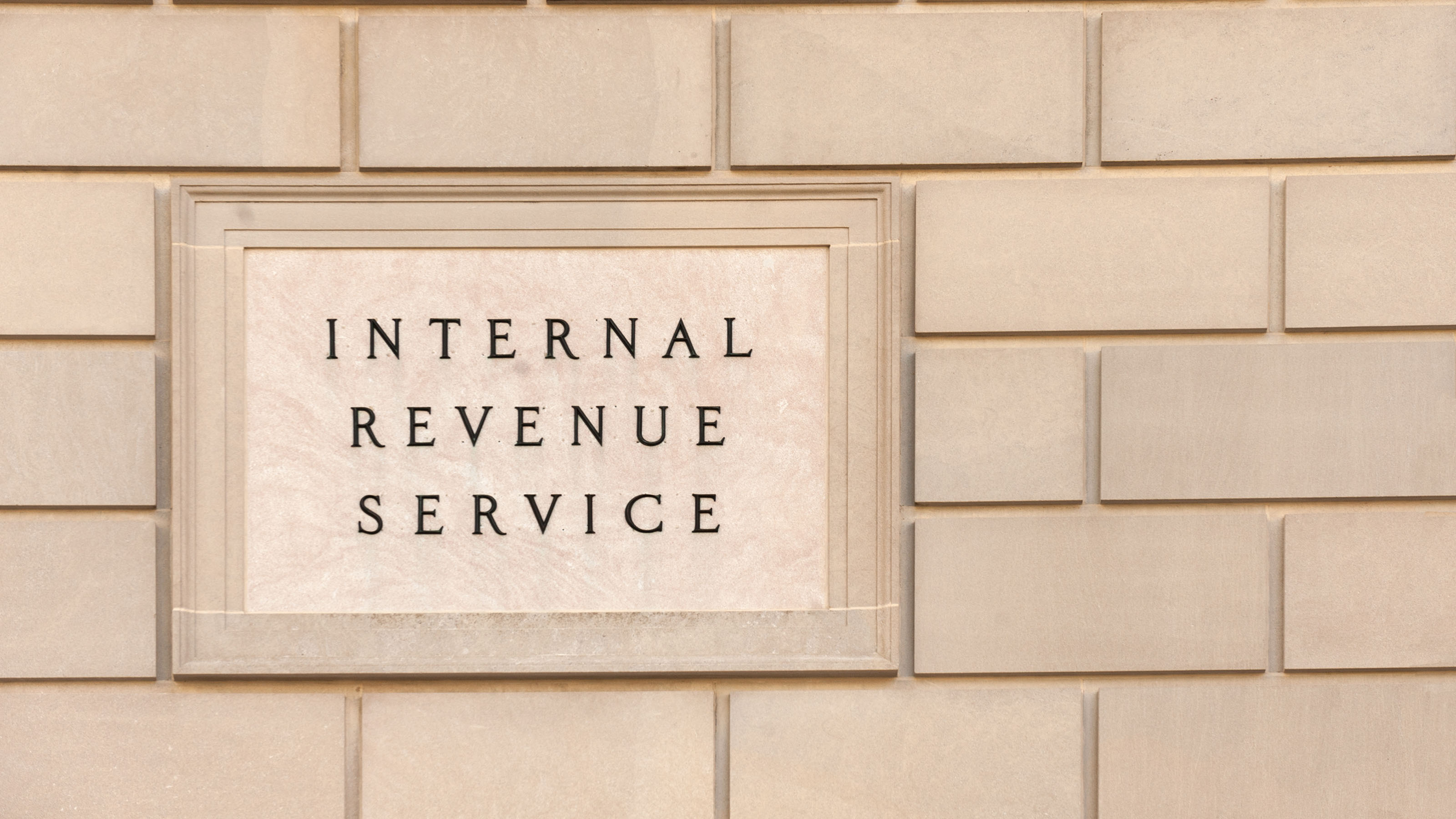Target Unveils New Gift Card Design to Combat Fraud
With gift card fraud on the rise, some states are cracking down, requiring retailers to change how they sell gift cards.

One of my relatives was excited to receive a gift card from a popular retailer in the mail. Upon receiving it, they went to the store to use it, only to find the card didn’t have a balance on it: Someone had stolen the gift card code and applied new taping to the card.
Unfortunately, this is becoming more of a common problem. AARP estimates that up to 30% of people received gift cards with no funds on it. To combat this growing problem, Maryland passed an AARP-backed bill that protects customers from gift card fraud. Delaware, New York and Rhode Island have all passed similar bills.
The legislation requires retailers to use secure packaging and train their employees on ways to identify gift card fraud. The law went into effect for open-loop gift cards (think Visa cards) on June 1, and closed loop cards (retailers) on October 1.
From just $107.88 $24.99 for Kiplinger Personal Finance
Become a smarter, better informed investor. Subscribe from just $107.88 $24.99, plus get up to 4 Special Issues

Sign up for Kiplinger’s Free Newsletters
Profit and prosper with the best of expert advice on investing, taxes, retirement, personal finance and more - straight to your e-mail.
Profit and prosper with the best of expert advice - straight to your e-mail.
Target unveils new gift card design
Target is one of the first retailers to offer a fresh design that protects customers. How it works is now when you pick up a gift card in the store, it contains a blank space where the gift card code used to be.
You take it to the register, where a Target employee applies the code sticker to the back of the card. It’s one way to ensure you receive a card with the funds loaded on it.
Meanwhile, I found the gift card process to be same as before when buying through Target's website. You can select the gift cards and denominations you want, and in some cases, you can choose e-certificates (sent via email) or you can mail them a gift card. In each instance of me doing this, I haven't encountered any gift card problems from my recipients.
Is there any recourse for gift card fraud?
If you have received a gift card with no funds on it, you’ll want to contact your issuer. To demonstrate, if you bought a gift card from Target before the new designs went into effect, bring proof of purchase with you and file a complaint either through its website or customer service desk.
Each retailer handles these differently. That’s why you’ll want to contact the store upfront to know what their policies are regarding these situations and what kind of information they require from you so you won’t have to make multiple trips.
Gift card safety tips
Gift cards can make thoughtful and convenient presents, but they can also be vulnerable to scams if you're not careful. For ideas on the most popular and secure options, check out our guide to the best gift cards available.
Whether you're purchasing a physical gift card or an e-gift certificate, staying vigilant can help protect your purchase. Here are a few essential tips to keep in mind when buying gift cards or e-gift cards:
- Buy an e-gift certificate: You can buy these online and send them to recipients via email or text. These emails come with instructions on how the person can redeem it.
- Look for signs of tampering: For physical gift cards, look for signs of labels being peeled or scratched.
- Buy online and send to physical location: Many retailers allow you to buy physical gift cards to send via the mail. While that might reduce the risk of gift card fraud, you’ll want to be careful as people steal mail packages too.
Bottom line
Gift card fraud is on the rise, but states are passing legislation to combat it. Retailers like Target have already adopted a safer way to buy physical gift cards and other stores will follow.
If you receive a gift card without funds on it, speak with the person who gifted you the card and request proof of purchase. That way, when you contact customer service, you have the proof necessary to have the matter resolved.
Related content
Profit and prosper with the best of Kiplinger's advice on investing, taxes, retirement, personal finance and much more. Delivered daily. Enter your email in the box and click Sign Me Up.

Sean is a veteran personal finance writer, with over 10 years of experience. He's written finance guides on insurance, savings, travel and more for CNET, Bankrate and GOBankingRates.
-
 The 'Scrooge' Strategy: How to Turn Your Old Junk Into a Tax Deduction
The 'Scrooge' Strategy: How to Turn Your Old Junk Into a Tax DeductionTax Deductions We break down the IRS rules for non-cash charitable contributions. Plus, here's a handy checklist before you donate to charity this year.
-
 IRS Says You Made a Tax Return Mistake? A New Law Could Help You Fight Back
IRS Says You Made a Tax Return Mistake? A New Law Could Help You Fight BackTax Law Updated taxpayer protections change what the IRS must explain on error notices and how long you have to respond.
-
 What to expect from the global economy in 2026
What to expect from the global economy in 2026The Kiplinger Letter Economic growth across the globe will be highly uneven, with some major economies accelerating while others hit the brakes.
-
 The Top 22 Gifts for Grandkids from Walmart in 2025
The Top 22 Gifts for Grandkids from Walmart in 2025From PlayStation to Labubu, you'll find the hottest gifts of 2025 for your grandkids at Walmart this year. Some of them are up to 78% off.
-
 CD vs. Money Market: Where to Put Your Year-End Bonus Now
CD vs. Money Market: Where to Put Your Year-End Bonus NowFalling interest rates have savers wondering where to park cash. Here's how much $10,000 earns in today's best CDs versus leading money market accounts.
-
 Meet the World's Unluckiest — Not to Mention Entitled — Porch Pirate
Meet the World's Unluckiest — Not to Mention Entitled — Porch PirateThis teen swiped a booby-trapped package that showered him with glitter, and then he hurt his wrist while fleeing. This is why no lawyer will represent him.
-
 Smart Business: How Community Engagement Can Help Fuel Growth
Smart Business: How Community Engagement Can Help Fuel GrowthAs a financial professional, you can strengthen your brand while making a difference in your community. See how these pros turned community spirit into growth.
-
 Smart Money Moves Savers Should Make in 2026
Smart Money Moves Savers Should Make in 2026These steps will get you on the road to achieving your 2026 savings goals.
-
 How Much Would a $50,000 HELOC Cost Per Month?
How Much Would a $50,000 HELOC Cost Per Month?Thinking about tapping your home’s equity? Here’s what a $50,000 HELOC might cost you each month based on current rates.
-
 My First $1 Million: Self-Employed Trader, 50, San Francisco
My First $1 Million: Self-Employed Trader, 50, San FranciscoEver wonder how someone who's made a million dollars or more did it? Kiplinger's My First $1 Million series uncovers the answers.
-
 Waiting for Retirement to Give to Charity? Here Are 3 Reasons to Do It Now, From a Financial Planner
Waiting for Retirement to Give to Charity? Here Are 3 Reasons to Do It Now, From a Financial PlannerYou could wait until retirement, but making charitable giving part of your financial plan now could be far more beneficial for you and the causes you support.